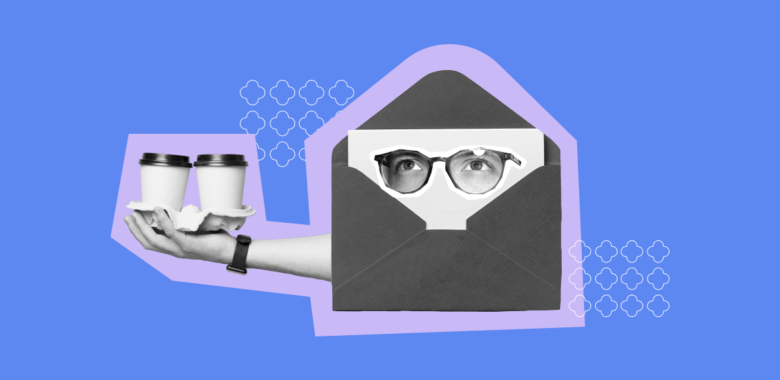The importance of keeping a friendly tone in business emails
One of the most important skills in today’s workplace is communication and maintaining good relationships within the team. Because of that, more companies each year choose a friendlier, less formal tone for their inner communication strategy. That conveys to corporate messengers and, of course, emails. Here is why:
Creating positive work culture
An overly official email may not be intended as cold and unfriendly, but it probably seems like one. In contrast, a friendly tone creates an atmosphere of respect, appreciation, and camaraderie. It motivates team members to be proactive, bring their best ideas to the table, and value each other’s input.
Building rapport
Friendly emails allow you to build connections and rapport with the recipients. Good relationships make collaboration and conflict resolution much easier. So, it’s always best to keep your communication on a positive note.

















